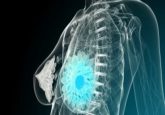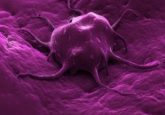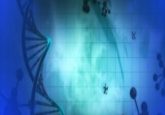The biological and clinical challenge of liver cancer heterogeneity

Primary liver cancer (PLC) consists of two major histological subtypes: hepatocellular carcinoma (HCC) and intrahepatic cholangiocarcinoma (ICC). PLC is, similar to all major human cancers, clinically and biologically heterogeneous, and highly resistant to treatment. Consequently, 5-year survival rates of PLC in the US has been <20% over the past 40 years with little sign of improvement [1]. Patient ethnicity, underlying liver diseases due to various etiological factors such as viral hepatitis resulting from hepatitis B and hepatitis C infection, parasitic infection, alcoholic liver disease, or obesity, etc., may contribute to molecular and biological heterogeneity [2]. Furthermore, recent application of genomic technologies (e.g., transcriptomic and sequencing analyses) have reinforced the extent of heterogeneity in PLC [2]. In addition, the heterogeneous hepatic microenvironment in PLC resulting from inflammation and varying degrees of liver fibrosis and cirrhosis may also affect tumor biology. The major barrier to improve outcome of patients with PLC is the incomplete understanding of PLC heterogeneity and the inability to subdivide the patients into biologically and genomically unique subgroups harboring well-defined and effective-treatment targets, a central strategy applied by the precision cancer medicine (PCM) approach. PCM utilizes cancer genomic data with precision based on mechanistic understanding of a particular state of tumor biology to facilitate rational treatment choices that are tailored to individual patients. It is paramount to reevaluate current practice guidelines and to apply the PCM strategy for managing PLC patients and designing new clinical trials.
Click here to view full article.





